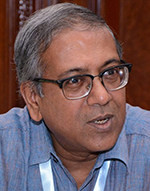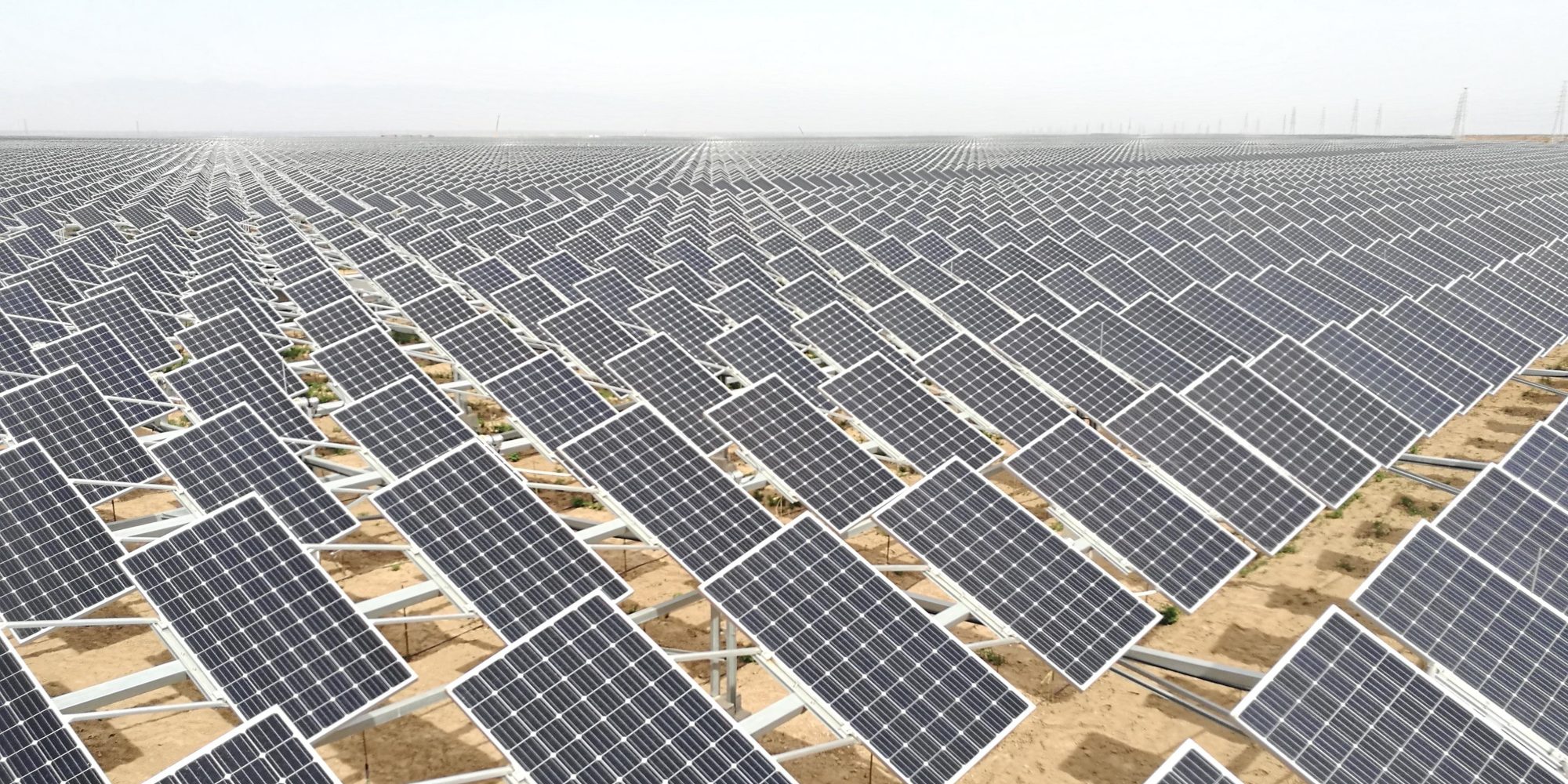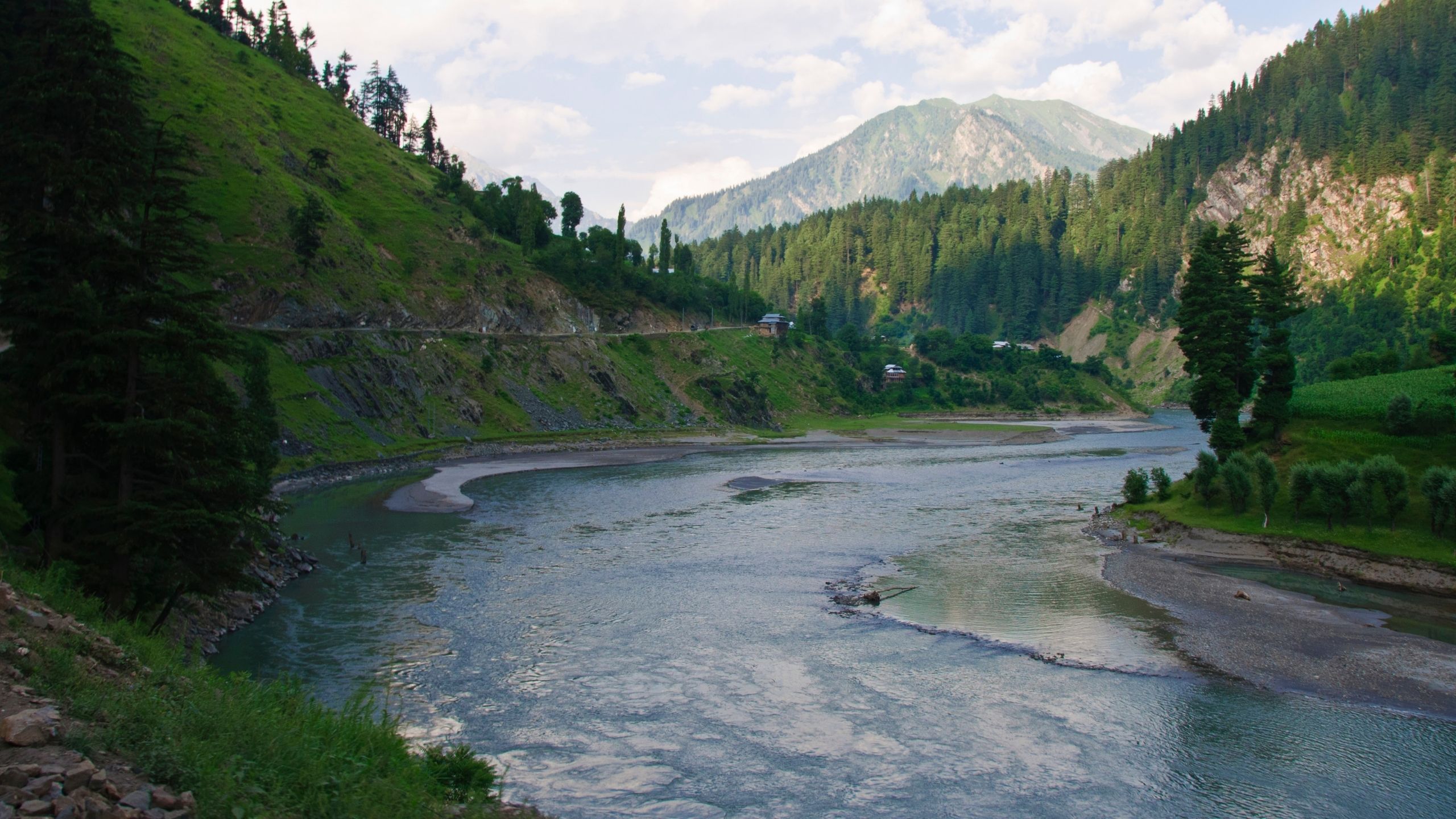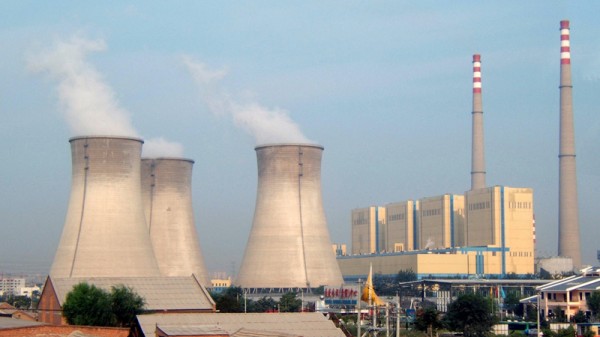Energy Update
India’s new climate targets no more than baby steps
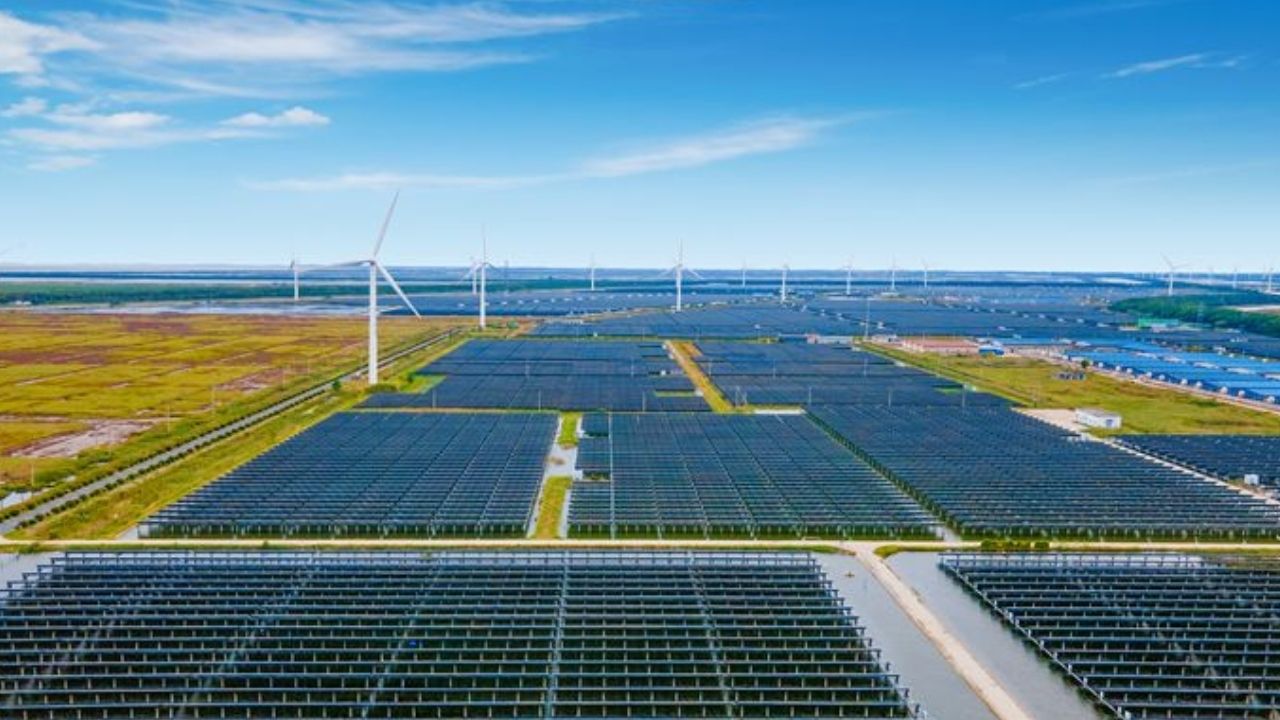
India has updated two of its five 2015 commitments to the world on what it will do to combat climate change. The first is to reduce the emissions intensity of its GDP by 45% by 2030 compared with 2005 levels. In 2015, it committed to a 33-35% reduction. The second is to get about 50% of its electricity from non-fossil fuel sources by 2030. The 2015 target was 40%. The second commitment comes with a rider: it will be achieved “with the help of transfer of technology and low-cost international finance including from Green Climate Fund”, a government statement announced.
A third major commitment is unchanged from 2015: to create a carbon sink of 2.5-3 billion tonnes of carbon dioxide equivalent through additional forest and tree cover by 2030. There are other commitments on sustainable lifestyles, a climate-friendly growth path, adaptation, finance, capacity building and technology, but they have not been quantified.

India will now submit its updated Nationally Determined Contribution (NDC) to the UN Framework Convention on Climate Change (UNFCCC) before the next global climate summit, COP27, scheduled in Egypt this November. The updates essentially follow the commitments made by India’s Prime Minister Narendra Modi in Glasgow last year. But some promises have been dropped.
Two of the commitments made by Modi in Glasgow are not reflected in the new targets: for at least 500 GW of India’s installed electricity generation capacity to be from non-fossil fuel sources by 2030, and to avoid emissions of at least 1 billion tonnes of carbon dioxide equivalent in the 2020s.

Progress on the updated NDC will go towards fulfilling these promises, but only in part. Ministry of Power data shows that of the 403 GW of electricity generation capacity currently installed in India, 236 GW (58.5%) comes from coal, oil and gas. Of the remaining 41.5% (167 GW), 28% is from wind, solar and other renewables; 11% from hydropower and the rest from nuclear power. Additional capacity from non-fossil sources will have to triple in less than eight years to get to 500 GW installed capacity from non-fossil fuel sources by 2030.
Ten years ago, India’s total installed generation capacity was 199 GW – less than half of what it is today. The increase has not just come from renewables: generation capacity from coal, oil and gas has also doubled during this period. And, rather than changing tack, the country has dropped the Glasgow pledge of 500 GW from non-fossil fuel sources.
As for Modi’s other promise, the Glasgow COP was the first time India had committed to actually reduce emissions rather than intensity of emissions per unit of GDP. But the prime minister’s speech did not mention a base year from which this reduction of a billion tonnes would be measured. Nor does India have an official projection of how many tonnes of greenhouse gases it will emit in 2030, though a researcher at an independent think tank speaking to The Third Pole on condition of anonymity projected 4 billion tonnes of emissions in 2030, up from 3.3 billion tonnes in 2018. But in the absence of an official projection, the promise made at COP26 remains vague, and in any case has not been incorporated into the updated NDC.
The government statement said: “The updated framework, together with many other initiatives of the government, including tax concessions and incentives such as production-linked incentive scheme for promotion of manufacturing and adoption of renewable energy, will provide an opportunity for enhancing India’s manufacturing capabilities and enhancing exports. It will lead to an overall increase in green jobs such as in renewable energy, clean energy industries – in automotives, manufacturing of low-emissions products like electric vehicles and super-efficient appliances, and innovative technologies such as green hydrogen.”
According to the statement, “the net-zero target by 2030 by Indian Railways alone will lead to a reduction of emissions by 60 million tonnes annually. Similarly, India’s massive LED bulb campaign is reducing emissions by 40 million tonnes annually.”
Greenhouse gas emissions per unit of India’s GDP have been declining since the 1990s, as factories become more efficient to reduce their electricity bills. Vaibhav Chaturvedi, fellow at the think tank Council on Energy, Environment and Water, said in a statement that emissions intensity declined by 24% between 2005 and 2016, when figures were last compiled officially. At that rate, reaching the 45% target by 2030 will be on autopilot and should not need any intervention from policymakers, according to multiple independent experts who spoke on the condition of anonymity.
The plan to move India’s installed electricity generation capacity from non-fossil fuel sources (mostly solar energy) from the current 41.5% to 50% is beset with some major obstacles.
First, state-owned electricity distribution companies owe solar and wind power generators billions of dollars in unpaid bills.
Second, acquiring large parcels of land to set up grid-level solar and wind generation projects is strewn with bureaucratic hurdles, as well as political and legal challenges.
Third, the installation of rooftop solar is massively behind target. Outdated and varied municipal laws on who owns the roof of an apartment building have a lot to do with this.
Fourth, if an entrepreneur seeks a bank loan to set up a renewable energy facility, the rate of interest is higher than a more conventional venture, such as setting up a shoe factory.
Fifth, there is little progress in modernising the electricity transmission and distribution network so that it can handle decentralised power-generation sources.
These issues must be addressed if India is to actually move towards the 2070 net-zero goal that Prime Minister Modi promised at COP26.
Vibhuti Garg, lead energy economist for India at the think tank Institute for Energy Economics and Financial Analysis, said in a statement: “In order to achieve 2070 net zero goals, India needs actionable short-term targets till 2030 that can help the country to achieve its long-term goal. India needs more demand side and supply side push. Increasing renewable power purchase obligation will give the demand push and having 2030 renewable energy targets would give the much-needed supply side push.”
Balasubramanian Viswanathan, a policy advisor at the International Institute for Sustainable Development, another think tank, said in a statement: “We hope to see the NDC provide more detail on implementation pathways – in particular, goals to align public financial flows with announced targets on energy transition, to leverage private finance. This includes shifting subsidies to clean energy, mandating investments by state-owned enterprises in clean energy and increasing targets on public finance for clean energy. With an upcoming COP and a G20 summit in India next year, these actions can strengthen India’s negotiating power, especially around climate finance from the global north.” India will have the rotating G20 presidency in 2023 and will host its annual summit that year.
India is the world’s third-largest emitter of greenhouse gases (fourth if one considers the combined emissions of European Union countries). At the same time, it is a developing country that has so far financed its climate actions largely from domestic resources, many through its National Action Plan on Climate Change.
“Providing new and additional financial resources as well as transfer of technology to address the global climate change challenge are among the commitments and responsibilities of the developed countries under UNFCCC and the Paris Agreement,” the government’s statement points out. “India will also require its due share from such international financial resources and technological support.”
Conversation
- Info. Dept. Reg. No. : 254/073/74
- Telephone : +977-1-5321303
- Email : [email protected]




